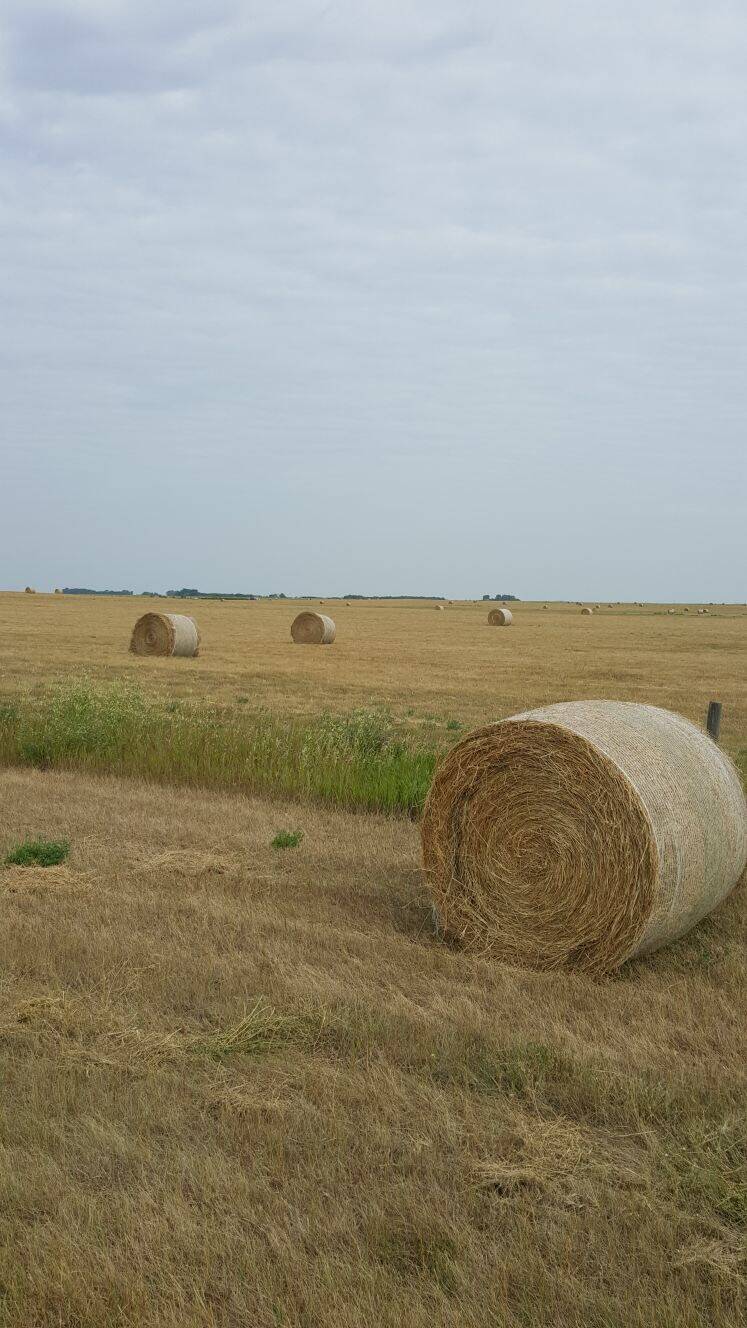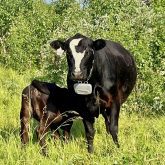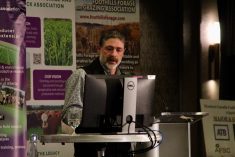Greg Judy’s farm in Rucker, Missouri, sounds picturesque: mild winters, flat land broken by rolling hills, dotted by livestock.
“It’s not row cropland,” Judy says, speaking at the Western Canadian Conference on Soil Health and Grazing last winter. “It’s just basically rolling hills, very thin topsoil. And so what we’re dealing with there, folks, is land that nobody wanted.”
While it’s not rich farmland, it can work for livestock producers, if managed well. But when Judy started ranching in the 1990s, he soon found that conventional grazing methods wouldn’t work for long.
Read Also

Considerations for salvaging crops for cattle feed
Salvage crops can be an option for feeding cattle, but there are a few considerations
“I was going broke in 1999. I was doing everything that everybody told me to do. It wasn’t working out so well for me. And so I read an article and its one sentence changed my whole life. It said, ‘Your sole purpose in life should not be to own the land, but to control it.’”
Managed grazing
After Judy took a grazing course, he revamped his operation. Now, he and wife Jan use 1,700 acres of land on what was once multiple farms, which they’ve named Green Pastures Farm. They fluctuate between 350 to 500 head of cattle at any given time and run a breed known as South Poll. Their herd is completely grass-fed. They also run sheep.
“We like hair sheep because they help control a lot of the weeds and the other stuff that cattle refuse.” The sheep are a great way to maximize profit, Judy adds.
After honing his grazing method for years, Judy started speaking at conferences. He also runs a grazing school and gives out advice on his YouTube channel for producers just learning about regenerative grazing.
One of the things Judy talks about frequently is rotational grazing and its importance to one’s operation, the soil and the herd.
Judy often refers to conventional grazing as the “Columbus Method,” as they turned their cows out in the spring and “discovered” them in the fall.
“They had the whole farm. We did not rotate.”
The first thing to do is get control, says Judy. “You got to get them into one area on your farm, and then you have structured rotation.”
In the summer, an electric fence is what makes rotational grazing work, especially when trying to devise a water system, which he considers crucial year-round.
“And so you’re gonna have to make an investment in some water pipes, getting the water line in pasture, and then come up with some water points where you can move those animals around your farm.
“You don’t want an animal to walk much more than 1,000 feet to get water.”
Judy says sometimes producers aren’t sure when the best time of the year is to switch to rotational grazing, but he says it can be done at any time of the year, although it’s easier in the summer. In the winter, he suggests rolling out hay and rotating the cattle.
In Canada, he recommends rotational bale grazing, which he can’t do in Missouri because the ground doesn’t fully freeze. Judy says he hears all the time that his methods won’t work in the northern U.S. and Canada. But, he says, regenerative grazing practices can work anywhere if producers adapt them to their climates, as demonstrated by regenerative rancher Gabe Brown, who lives in North Dakota.
Animal performance
Rotational grazing isn’t just about figuring out how to rotate cattle. Judy, who once struggled with mob grazing, says it’s important to know how much grass to take before you move your cattle.
“Our grazing method today is animal performance, animal performance, animal performance,” he says. “Making sure the animals are full. And the way you do that is you watch the gut. Just take the top part of the plant, one bite, and leave.”
When cattle graze only the top of the grass, they can take the more nutritious plants. Grazing to the ground means the cattle aren’t always eating plants that have nutritional value.
“If you’re taking it down too short, your animals aren’t getting a good diet each day.”
Judy also says grazing right to the ground is more likely to give your cattle parasites because parasites live on the ground or the lower canopy of most plants.
“We haven’t wormed an animal in 24 years … we move and we don’t make them graze it right down.”
Another thing Judy talks about a lot at conferences and with producers is the importance of profitability.
He says many producers farm without any hope of making a living, even though it can be profitable. Many people in the U.S. — and likely some in Canada — have the attitude that they’ll keep raising beef cattle because they like it, even if they’re not making any money, he says.
“And it’s unfortunate because it is a lot of work. There’s risk involved. You get your money tied up. Nothing more disappointing than 365 days of the year, and at the end of the year, you’re actually in the red.”
Judy says it’s important to be smart about how you’re managing your operation, and also make sure you still love what you do.
“If you live every day like it’s your last and you enjoy what you do, it’s never a job.”
Producers can learn more about Judy by following him on YouTube (@gregjudyregenerativerancher) or visiting his website at greenpasturesfarm.net.

















